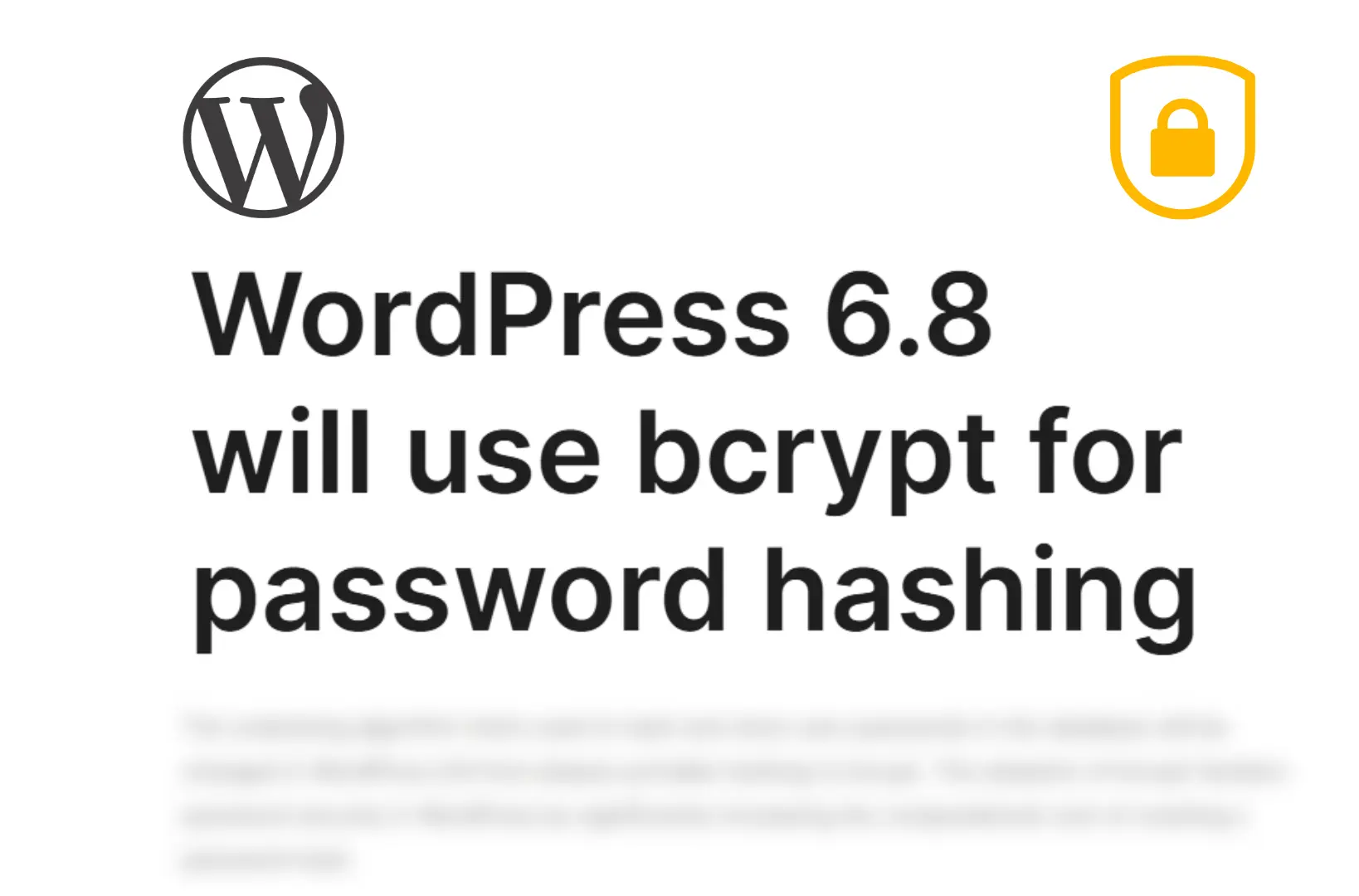As the digital landscape evolves at a rapid pace, so do the threats that endanger cybersecurity across the globe. The Middle East and Africa (MEA) region, which has been undergoing significant digital transformation, faces an increasing number of cyberattacks that put its businesses, governments, and individuals at risk. In response to these escalating threats, there has been a notable shift toward stronger, more reliable security measures. Governments and organizations in the MEA region are increasingly turning to mandatory Multi-Factor Authentication (MFA) and biometric verification systems as a means to combat cyber risks and bolster their cybersecurity frameworks.
MFA and biometrics are no longer just a trend; they are becoming essential tools to secure access to sensitive data, reduce the potential for fraud, and safeguard the digital infrastructure that is critical to daily operations. In this blog post, we will delve into the growing adoption of these technologies in the MEA region, examining the role they play in strengthening cybersecurity, the challenges of implementing them, and the future outlook for these innovations in a region that continues to see an influx of digital transformation initiatives.
The Rising Cyber Threats in the Middle East and Africa
The Middle East and Africa have become increasingly attractive targets for cybercriminals due to rapid technological adoption, growing internet penetration, and the expansion of digital services. The region has witnessed a dramatic rise in cybercrime, ranging from data breaches, ransomware attacks, phishing schemes, and hacking incidents. These security breaches not only cause substantial financial losses but also lead to the compromise of sensitive data, affecting both individuals and organizations.
The reliance on digital infrastructure in sectors like banking, healthcare, government services, and telecommunications has made these industries particularly vulnerable to cyberattacks. As the number and sophistication of cyber threats continue to rise, it is imperative for organizations and governments to adopt more advanced and resilient security systems. Traditional password-based authentication methods are increasingly falling short, prompting the adoption of Multi-Factor Authentication (MFA) and biometrics to strengthen defense mechanisms against these growing threats.
What is Multi-Factor Authentication (MFA)?
Multi-Factor Authentication (MFA) is a security protocol that requires users to present two or more distinct forms of identification before gaining access to a system. These forms are categorized into three primary types:
- Something You Know – A password or Personal Identification Number (PIN), which is the most common authentication method.
- Something You Have – An item that the user possesses, such as a smartphone, security token, or a smart card.
- Something You Are – This involves biometric factors such as fingerprints, retina scans, or facial recognition, which are unique to the individual and provide the highest level of security.
By requiring multiple forms of identification, MFA significantly reduces the risk of unauthorized access, even if one of the factors—such as a password—gets compromised. This multi-layered approach ensures a higher level of security, making it far more difficult for hackers to breach systems.
Why is MFA Important?
MFA plays a crucial role in combating the rise of cyber threats such as phishing attacks, credential stuffing, and password theft. With cybercriminals finding new ways to bypass traditional security systems, relying on a single form of authentication, such as a password, is no longer sufficient to protect sensitive information. MFA adds an extra layer of defense, ensuring that an attacker would need to compromise multiple factors to gain unauthorized access.
As cyberattacks grow in sophistication, MFA ensures that businesses, government agencies, and individuals can safeguard their digital assets with a much higher level of confidence, reducing the likelihood of a successful breach and ensuring compliance with security regulations.
Biometrics: The Next Frontier in Digital Security
The Role of Biometrics
Biometric authentication is rapidly gaining traction as one of the most secure methods of identity verification. This technology uses unique physical characteristics of individuals, such as fingerprints, iris scans, voice recognition, or facial features, to authenticate their identity. In the MEA region, biometric systems are being integrated into a wide array of applications, from banking and healthcare to government services, due to their high accuracy and ease of use.
Unlike traditional passwords or PINs, biometric data cannot be easily guessed or stolen. It is unique to each individual, offering an added layer of security. Moreover, biometric systems are more convenient for users, eliminating the need to remember passwords or carry physical security tokens. This combination of security and convenience is driving the adoption of biometrics in the MEA region, particularly as part of comprehensive MFA systems.
Why Biometrics?
The primary advantage of biometrics over traditional authentication methods is the difficulty of bypassing them. While passwords can be stolen through phishing or brute-force attacks, biometric data is inherently more secure. Unlike PINs or passwords, biometric traits are difficult—if not impossible—to replicate or steal. For instance, even if someone obtains a user’s password, they would still need to match their fingerprint, retina scan, or face to access the system.
Furthermore, as biometric technologies continue to evolve, they are becoming more affordable and scalable. This makes it possible for organizations of all sizes to implement them across various industries, ranging from financial services to healthcare, where securing sensitive data is critical.
Key Drivers of MFA and Biometric Adoption in MEA
1. Escalating Cybersecurity Threats
The rise in cybercrime across the MEA region is a significant motivator for adopting MFA and biometrics. As cybercriminals become more sophisticated in their tactics, businesses and government agencies are being pushed to implement more secure authentication systems to protect critical information and assets. MFA and biometric authentication offer a multi-layered defense system that is much more resilient against various types of cyberattacks.
2. Government Regulations
Governments in the MEA region are taking proactive steps to enhance national cybersecurity. Countries like the UAE and Saudi Arabia have already mandated the use of MFA for government services, and other countries are expected to follow suit. These regulatory frameworks are forcing businesses to adopt advanced authentication technologies to comply with new security standards and ensure that citizens’ personal data is protected.
3. Financial Sector Demand
The financial sector is particularly vulnerable to cyber threats, making it one of the leading adopters of MFA and biometrics. Financial institutions are increasingly using MFA to protect online banking transactions, prevent fraud, and safeguard customer accounts. Additionally, biometric verification is being used for customer authentication, ensuring that only authorized users can access sensitive financial information.
4. Healthcare and Public Services
Healthcare institutions and government agencies are also adopting MFA and biometric systems to secure sensitive personal information. Biometric identification is now being used to verify patients’ identities in medical facilities, ensuring that medical records are protected. Additionally, governments are incorporating these technologies into public services, allowing citizens to securely access public benefits and services.
Challenges in Implementing MFA and Biometrics
While MFA and biometrics provide significant security benefits, there are several challenges to their widespread adoption:
- Cost of Implementation: Implementing MFA and biometric systems requires investment in both hardware and software, which may be costly for small and medium-sized businesses. This can be a barrier to adoption for organizations with limited budgets.
- User Resistance: Some individuals may be uncomfortable with the idea of sharing their biometric data, raising concerns about privacy and data security. This resistance can slow down the adoption process, especially in regions with more stringent privacy regulations.
- Integration Issues: Many organizations still rely on legacy systems that may not be compatible with modern authentication technologies. Transitioning to MFA and biometric systems often requires significant infrastructure upgrades, which can be time-consuming and costly.
The Future of MFA and Biometrics in MEA
As digital transformation continues to accelerate in the MEA region, the adoption of MFA and biometric authentication is expected to grow. With ongoing advancements in technology, these systems are becoming more affordable and scalable, making them accessible to a broader range of industries. As the regulatory landscape evolves and cybersecurity concerns grow, both governments and businesses will continue to push for stronger authentication methods to secure digital platforms and protect against cybercrime.
Conclusion
Mandatory MFA and biometric authentication are playing a pivotal role in securing the digital future of the Middle East and Africa. As these technologies become more ingrained across industries, the region is well-positioned to lead the way in cybersecurity innovation. While there are challenges in implementation, the benefits of MFA and biometrics far outweigh the risks. These systems provide an essential layer of protection against cyber threats, ensuring that organizations and individuals can operate securely in an increasingly connected world.
Suggested reads:
- Pulse/secure kubernetes guardrails devops cloud security jahanzaib tabassum 7rprf
- Don’t Share That OTP Stay Safe from Digital Banking Scams

Jahanzaib is a Content Contributor at Technado, specializing in cybersecurity. With expertise in identifying vulnerabilities and developing robust solutions, he delivers valuable insights into securing the digital landscape.








